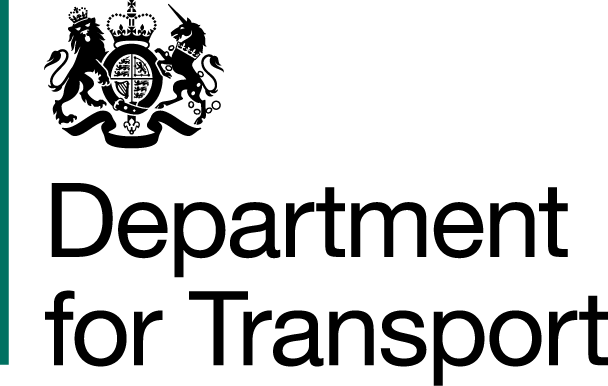Phase 1, summary and data: Default 20mph speed limit on restricted roads
Default 20mph speed limit on restricted roads
Phase 1 areas
Final monitoring - summary
Average journey times Phase 1 monitoring
Default 20mph speed limit Phase 1 monitoring data
1. Introduction
This document summarises the monitoring data obtained from the 20mph phase 1 areas up to the end of May 2023. The data presented here is taken from the final monitoring report relating specifically to phase 1.
Future monitoring reports will cover the national default 20mph speed limit on ‘restricted roads’ which the Welsh Government introduced on 17 September 2023.¹
2. Objectives and key performance indicators
We published the national 20mph monitoring framework in September 2023.² This sets out five specific measurable objectives for 20mph speed limit implementation:
- Reduce the number of pedestrians and cyclists killed or seriously injured on the road network.
- Encourage mode shift from private car to walking and cycling for shorter journeys in built-up areas.
- Reduce motor vehicle dominance in vehicle and pedestrian interactions.
- Reduce carbon emissions from transport as a result of mode shift from private car to walking, wheeling and cycling for shorter journeys in built-up areas.
- Maintain or improve local air quality due to smoother traffic speeds with less acceleration and deceleration.
Key Performance Indicators (KPIs) are the main set of metrics that are being used to monitor progress against the objectives. The following seven KPIs are assessed for the phase 1 areas:
- Percentage traffic compliance with the 20mph speed limit (KPI 1.1)
- Change in 85th percentile speed (KPI 1.2)³
- Change in mean speed (KPI 1.3)
- Vehicle journey times and journey time variation on main through routes (KPI 1.4). This uses the difference between the 5th percentile and 95th percentile journey times as a proxy for journey time reliability.
- Change in attitude to active travel use in built-up areas (KPI 3.1)⁴
- Change in vehicle and pedestrian yielding behaviours (KPI 3.2)
- Change in local air quality based on nitrogen dioxide (NO₂) concentrations (KPI 4.1)
We are unable to report against the other five KPIs at this early stage in the 20mph programme. This is because of the limited geographical coverage of the phase 1 areas and the short timescales involved since implementation.
The KPIs not assessed in phase 1 are:
- Casualty rates for pedestrians and cyclists (KPIs 2.1, 2.2, 2.3).
- Change in carbon dioxide (CO₂) emissions (KPI 4.2).
- Change in public attitudes to 20mph speed limits (KPI 5.1).
¹ Restricted roads are defined by the Road Traffic Regulation Act 1984 as those with streetlights at least every 200 yards. Unless signed otherwise, the default speed limit on restricted roads was 30mph before 17 September 2023 and is now 20mph.
² Default 20mph speed limit on restricted roads: monitoring framework document, September 2023
³ The speed at which 85% of drivers drive at or below under free-flowing conditions.
⁴ Active travel refers to journeys being made by walking, wheeling and cycling.
3. Monitoring data summary
A KPI assessment summary based on data collected in the phase 1 areas up to May 2023 is provided in table 1.
Table 1: Final KPI assessment summary for phase 1 areas
| KPI | KPI description | Final assessment | Change* |
|
1.1 |
Percentage traffic compliance |
65% travelling at or below 24mph |
++ |
|
1.2 |
Change in 85th percentile speed |
85th percentile speed reduced (-3.0mph) | ++ |
|
1.3 |
Change in mean speed |
Mean speed reduced (-1.6mph) |
+ |
|
1.4 |
Vehicle journey times and |
All traffic combined - minor changes in Scheduled bus services - general |
- |
|
3.1 |
Change in attitude to active |
Based on data collected during 2021/22 |
++ |
|
3.2 |
Change in vehicle and |
Tentative conclusion: fewer vehicles |
+ |
|
4.1 |
Change in local air quality - NO₂ |
No material effect identified to date |
0 |
* Change compared to the situation pre-implementation: ++ (large positive), + (slight positive), 0 (no discernible change), - (slight negative), - - (large negative).



